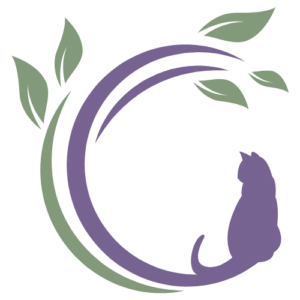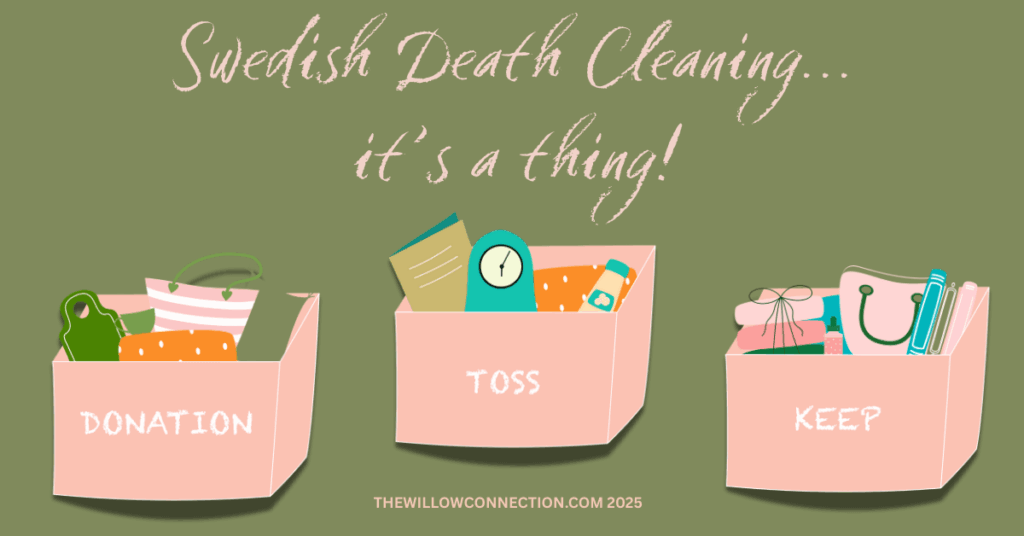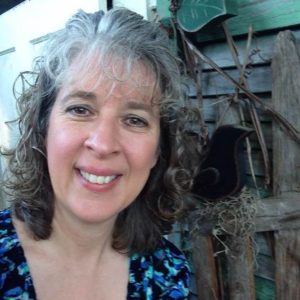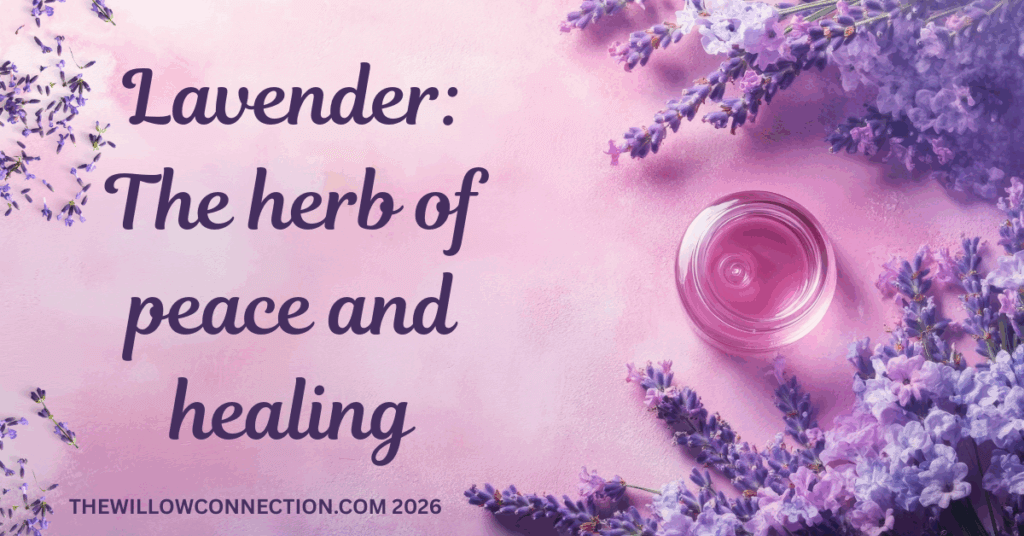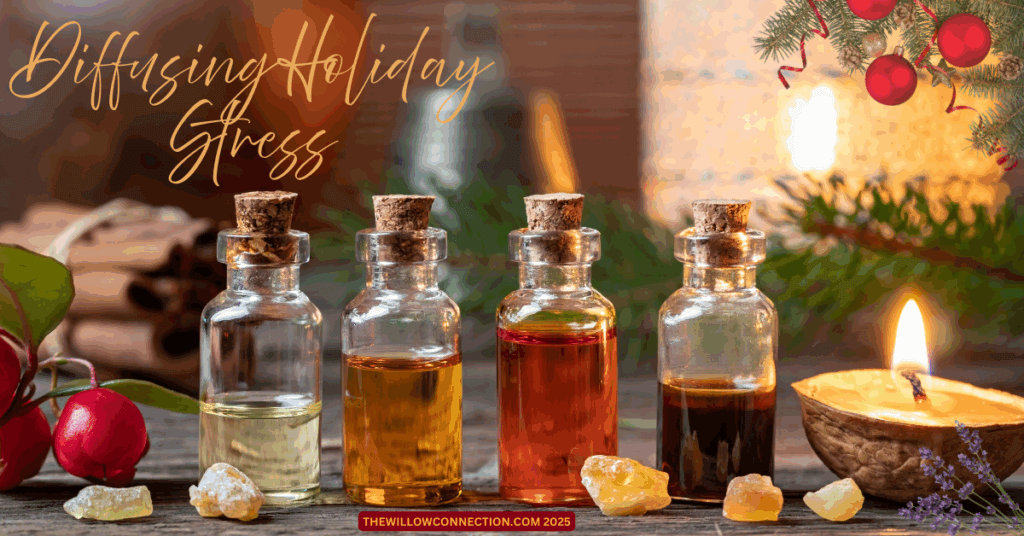Decluttering for Life: Embracing the Art of Swedish Death Cleaning (My Journey to Being “Move-Out” Ready)
The calendar flips towards fall, and for me, that signals not just pumpkin spice lattes and cozy sweaters, but a very personal mission: to be “death ready or move-out ready.” I know, it sounds a bit dramatic, perhaps even morbid, but hear me out. For over 50 years, I’ve accumulated “stuff.” And for more than 40 of those years, I’ve hauled boxes of that “stuff” from one home to another, rarely opening them, almost never using what’s inside. It’s time for a change. It’s time for a different kind of harvest.
This urge to streamline, to lighten my load, isn’t just a fleeting impulse. It’s a deep-seated desire born from the practical realities of aging and the insightful philosophy of something called Swedish Death Cleaning.
What Exactly is Swedish Death Cleaning?
The concept of “Swedish Death Cleaning” (or döstädning in Swedish) was popularized by Margareta Magnusson in her delightful and surprisingly uplifting book, “The Gentle Art of Swedish Death Cleaning: How to Make Your Loved Ones’ Lives Easier and Your Own More Pleasant.”
It’s not as grim as it sounds. Döstädning isn’t about morbidly preparing for your demise; it’s about decluttering for life. It’s the practice of tidying up your belongings and your affairs, not for your own comfort now, but to ease the burden on your loved ones after you’re gone. It’s an act of love, a thoughtful way to prevent your family from being overwhelmed by a lifetime of possessions when they are already grieving.
However, as I’ve embarked on this journey, I’ve found it’s equally beneficial for the “pre-death” phase of life – especially if a future move is on the horizon. It’s about creating a clearer, lighter living space now that also sets you up for a smoother transition later.
My Personal “Death Ready” Revelation
My personal motivation for döstädning has always been twofold, though perhaps I didn’t have the Swedish word for it until recently. Like many of you, I’ve lived, collected, and moved. And moved again. And again. I distinctly remember packing boxes of things, thinking, “Oh, I’ll definitely need this someday!” or “This has sentimental value, even if I haven’t looked at it in a decade.”
My Own Pandora’s Box
Tucked away in a tote of forgotten family photos, I found a heavy, unlabeled box. I knew the moment I laid hands on it that I was opening my own Pandora’s Box. Inside wasn’t a collection of memories, but a monument to two of the most painful chapters of my life: my gut-wrenching, three-year divorce and the sale of my mother’s home, a wound that drove a permanent wedge between my siblings and me over a decade ago.
I had meticulously saved all of it—the court documents, the notepads, the receipts—as “evidence.” My own private defense, a way to prove that I was never the evil person my ex-husband or my siblings had painted me to be. I wanted to believe that I could show my daughters that I had done the best I could, that I had been given no choice in either situation, and my intentions were always pure.
Then, I made the mistake of reading through a court evaluation. Had I never read it before or did I forget? Instantly, I was transported back to the suffocating pain and abuse I thought I had buried. I felt physically ill. The sickness and anxiety lingered for days, and inside my own head, I was screaming about all the lies, injustices, and emotional warfare I had endured.
But a new thought broke through the noise: my truth didn’t matter then, and it certainly won’t matter when I am dead and gone. The only thing that matters is how I choose to live now, unburdened by a box of painful proof and the peace I’ve found by finally letting it go.
This realization cemented my resolve. I don’t want my future self, or my children, to have to deal with the accumulated items that no longer serve a purpose. I want my legacy to be joy, not junk. And frankly, I want to enjoy a lighter, more organized home now.
More Than Just Decluttering: The Philosophy of Döstädning
What makes Swedish Death Cleaning different from a regular decluttering spree?
- The Beneficiary: The primary beneficiary isn’t just you, but your loved ones. This perspective shifts the emotional weight of letting go. It’s a gift you’re giving them.
- The Gentle Pace: It’s not about ruthless purging in one weekend. Magnusson suggests a gradual, ongoing process. This makes it less overwhelming and more sustainable.
- Focus on the “Unnecessary”: The goal isn’t minimalism, but rather removing the things that you know will be a burden to others, or that genuinely add no value to your life. This includes things that you keep out of guilt or obligation.
- The “Having the Conversation”: A crucial part of döstädning is talking to your loved ones about what you have, what they might want, and what should be discarded. This preempts difficult decisions for them later.
My Progress and My Promise
I’m making progress. Photos have all been sorted and packed in individual totes for my daughters and siblings. Clothes that haven’t seen the light of day in years have been given away, and unwanted items taking up precious space in my home are destined for donation. I’m focusing on productivity one day at a time, being honest with myself about what I truly need, use, and love.
By mid fall, I genuinely aim to feel “move-out ready” – whether that move is across town or across planes of existence. This process isn’t just about decluttering physical space; it’s about decluttering mental and emotional space too. It’s about living more intentionally now, knowing that I am setting myself, and my loved ones, up for a clearer, lighter future.
Have you ever felt this urge to get “death ready” or “move-out ready”? Share your experiences in the comments below!
